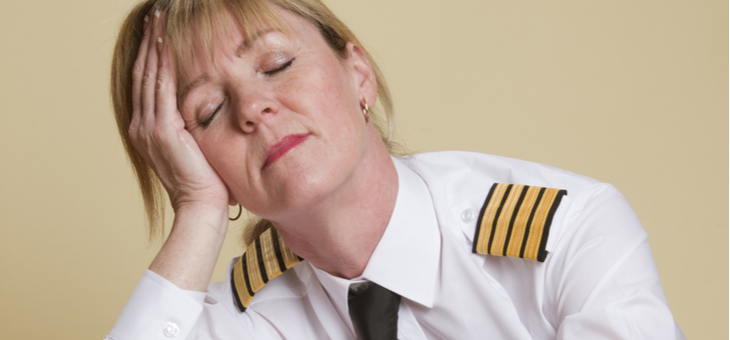Have you ever been worried about the alertness of your flight crew during long-haul flights?
Pilot and cabin crew health and passenger wellbeing during historic long-haul flights from New York to Sydney will be the focus of a continuing study by Monash University researchers.
Sleep and circadian medicine researchers will gather data about pilot and cabin crew rest, sleep and alertness throughout the flight in an effort to better understand the impact of extended flight schedules on safety and performance during long international flights.
Throughout the Qantas flights that will be part of the Project Sunrise study, pilots and cabin crew will have sleep and alertness recorded using activity monitors, performance tests and subjective ratings of sleepiness and fatigue.
The first non-stop flight from New York to Sydney took place last month. Pilots were observed for signs of fatigue and alertness using video monitoring and electroencephalogram (EEG).
On this flight, and others to follow, researchers monitored the pilots’ light exposure and collected urine samples to measure levels of the hormone melatonin – responsible for regulating individual sleep-wake patterns.
Monash University’s Dr Tracey Sletten said this will be the most comprehensive assessment of sleep and alertness in flight crew, and the first detailed assessment of Qantas cabin crew.
“These unique research flights present a rare opportunity for us to collect comprehensive data in the field,” Dr Sletten said.
“The project will allow us to examine the factors that influence sleep and alertness of flight and cabin crew during extended flight duty and consider some of the factors that might impact the health and safety of Qantas staff while in flight.”
The first flight carrying 49 passengers and crew from New York to Sydney landed late October, after 19 hours 16 minutes in the air.
Upon arrival in Sydney, Qantas chief Alan Joyce said: “This is a really significant first for aviation. Hopefully, it’s a preview of a regular service that will speed up how people travel from one side of the globe to the other.
“We know ultra-long haul flights pose some extra challenges, but that’s been true every time technology has allowed us to fly further. The research we’re doing should give us better strategies for improving comfort and wellbeing along the way.
“Night flights usually start with dinner and then lights off. For this flight, we started with lunch and kept the lights on for the first six hours, to match the time of day at our destination. It means you start reducing the jetlag straight away.
“What’s already clear is how much time you can save. Our regular, one-stop New York to Sydney service (QF12) took off three hours before our direct flight, but we arrived a few minutes ahead of it, meaning we saved a significant amount of total travel time by not having to stop.”
Two more research flights are planned as part of Project Sunrise – London to Sydney in November and another New York to Sydney in December.
Have you ever been worried about how pilots perform on long-haul flights? What do you think this study will find? How do you find sleeping on long-haul flights?
If you enjoy our content, don’t keep it to yourself. Share our free eNews with your friends and encourage them to sign up.
Related articles:
Reef, rainforest and heady tropical scents
The best way to waste your points
Make travel easier on your body

